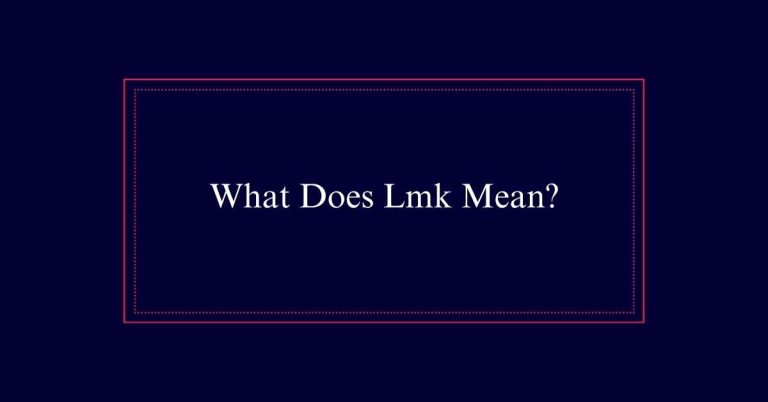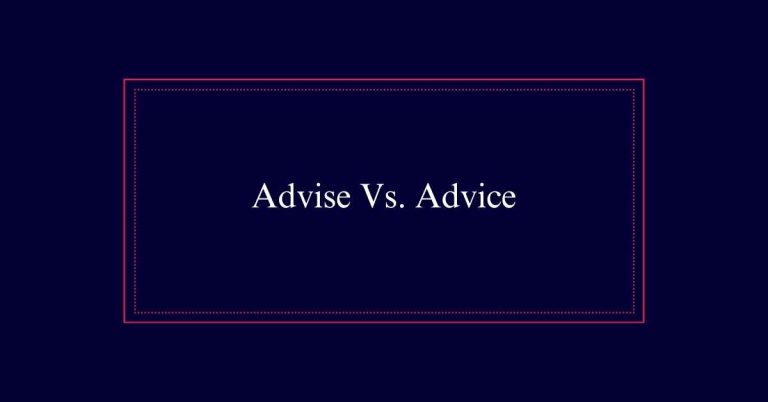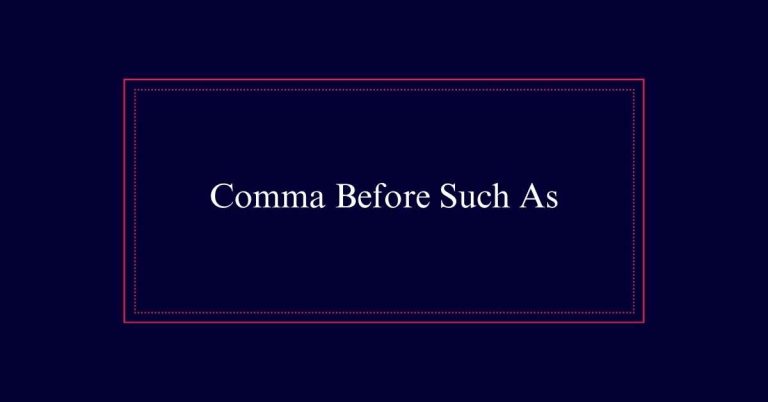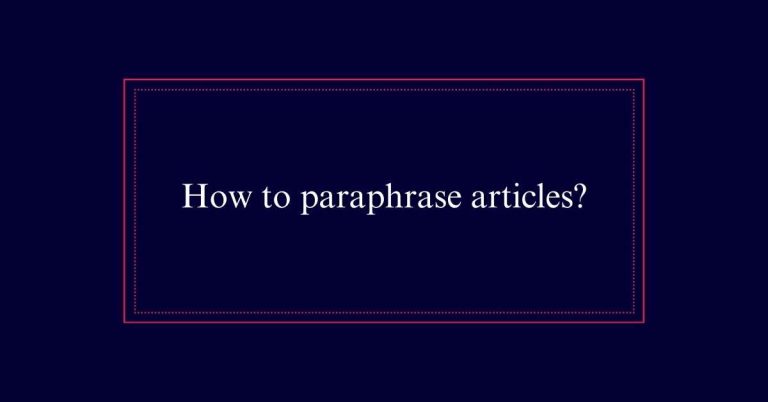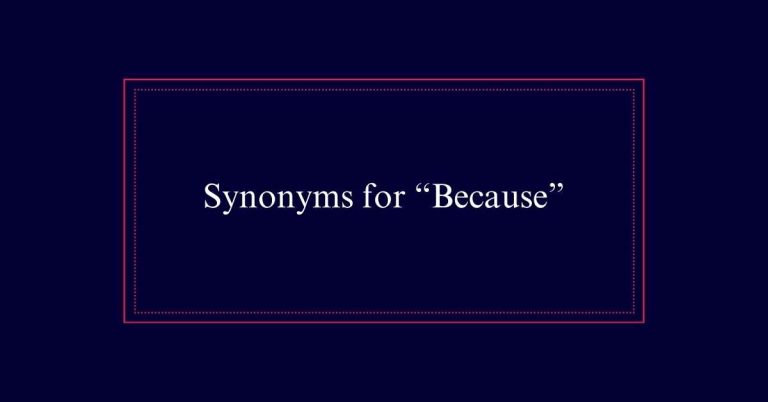Neither and Nor
“Neither” and “nor” are used together to connect two negative ideas in a sentence, ensuring both options are negated. “Neither” introduces the first negative element, while “nor” introduces the second. For example, “Neither Jim nor Bob attended the meeting.”
As negative correlative conjunctions, they create balance and clarity in sentences. It is important for the verb to agree with the subject closest to it to maintain grammatical accuracy. “Nor” can also stand alone following a negative clause, as in, “I don’t like apples, nor do I enjoy oranges.”
Definition of ‘Neither’
‘Neither’ is a critical correlative conjunction used to indicate that none of the given options are true or applicable. It works in pairs to show that two or more items are not true or do not happen.
For example, in the sentence, ‘Neither the manager nor the employees attended the meeting,’ it shows that both groups were absent. The word ‘neither’ is essential in creating balance and symmetry in sentences. It guarantees that both elements connected by ‘nor’ are equally negated.
Definition of ‘Nor’
‘Nor’ is a conjunction used to introduce and connect a second negative clause in a sentence. When employed, it follows an already negative clause and adds another negative element.
For example, in the sentence ‘She did not call, nor did she email,’ ‘nor’ links two negative actions: not calling and not emailing. It guarantees the sentence remains balanced and clear, maintaining the negative tone throughout.

‘Nor’ often pairs with ‘neither’ but can also stand alone following a negative phrase. Correct subject-verb agreement is crucial for clarity. For instance, ‘He neither wanted nor needed assistance.’ Here, ‘nor’ introduces the second negative clause, ensuring that both parts of the sentence are grammatically consistent.
Negative Correlative Conjunctions
Negative correlative conjunctions, such as ‘neither’ and ‘nor,’ are used to connect two negative ideas in a sentence. They help guarantee that both options being discussed are not true. For example, ‘Neither the manager nor the assistant was available.’ Here, both the manager and the assistant are unavailable.
Using ‘neither’ and ‘nor’ creates balance in a sentence. It helps to ensure that the negative aspect applies equally to both subjects or actions. Another example is, ‘I will neither call nor email you.’ This sentence clearly states that neither form of communication will happen.
Subject-Verb Agreement
Subject-verb agreement is important when using ‘neither’ and ‘nor’ to guarantee grammatical accuracy. When ‘neither’ and ‘nor’ are used to connect two subjects, the verb must agree with the subject closest to it.
For example, in the sentence ‘Neither the manager nor the employees are available,’ the verb ‘are’ agrees with ’employees.’ Conversely, in ‘Neither the employees nor the manager is available,’ the verb ‘is’ agrees with ‘manager.’
This rule safeguards that sentences remain clear and grammatically correct. It is essential to pay attention to the number (singular or plural) of the nearest subject to maintain proper subject-verb agreement.
Using ‘Neither’ and ‘Nor’
When using ‘neither’ and ‘nor,’ it is crucial to connect two negative ideas within a sentence for clear communication. ‘Neither’ introduces the first negative element, while ‘nor’ introduces the second.
This pairing guarantees both options are negative and mutually exclusive. For example, ‘She likes neither tea nor coffee’ clearly states she does not like either beverage. These conjunctions create a balanced structure, making the sentence easier to understand.
It’s important to make sure that ‘nor’ follows ‘neither’ directly and that the sentence maintains subject-verb agreement. Misplaced ‘nor’ can lead to confusion, disrupting the clarity.
Common Sentence Examples
Examples can help illustrate how to effectively use ‘neither’ and ‘nor’ in sentences. Consider the sentence, ‘Neither John nor Javier went to the party.’ This indicates that both John and Javier did not attend.
Another example is, ‘I neither like nor dislike cereal,’ which shows a neutral stance towards cereal.
In, ‘She neither confirmed nor denied the rumor,’ the subject did not provide any clear response.
‘They neither spoke nor made eye contact’ emphasizes a lack of communication.
Connecting Negative Ideas
Using ‘neither’ and ‘nor’ effectively connects two negative ideas, guaranteeing clarity and balance in your sentences. These conjunctions help articulate that both elements in your sentence are not true or do not happen. For example, ‘She neither enjoys nor excels in mathematics’ clearly states two negative conditions about the subject.
Here is a table to illustrate the usage of ‘neither’ and ‘nor’:
| Example Phrase | First Negative Idea | Second Negative Idea |
|---|---|---|
| Neither John nor Javier attended the party. | John did not attend | Javier did not attend |
| I neither like nor dislike cereal. | Do not like cereal | Do not dislike cereal |
| She neither confirmed nor denied the rumor. | Did not confirm the rumor | Did not deny the rumor |
| They neither spoke nor made eye contact. | Did not speak | Did not make eye contact |
Expressing Two Negative Options
Expressing two negative options using ‘neither’ and ‘nor’ allows for precise and balanced statements about what is not true or does not happen. These conjunctions help clarify that neither of the mentioned options is valid or occurring.
For instance, in the sentence ‘Neither the manager nor the assistant could solve the issue,’ it is clear that both individuals failed to resolve the problem. Similarly, ‘She neither sings nor dances’ indicates that she does not engage in either activity.
This construction is valuable for eliminating ambiguity and providing a clear negative correlation between two subjects or actions.
Correct Usage Guidelines
Correct usage of ‘neither’ and ‘nor’ requires careful attention to sentence structure and subject-verb agreement.
When using these conjunctions, make sure that the verb agrees with the subject closest to it. For instance, in the sentence ‘Neither the manager nor the employees are attending,’ ’employees’ is plural, so the verb ‘are’ is correct.
Additionally, ‘neither’ precedes the first negative idea, and ‘nor’ introduces the second. Always use ‘nor’ after ‘neither’ to maintain grammatical consistency.
Avoid double negatives, as they can confuse the meaning.
Lastly, keep the sentence balanced by aligning the structure of the elements being compared. For example, ‘She neither sings nor dances’ maintains a parallel structure, providing clarity and coherence.
More Usage Examples
Finally, to further illustrate the proper usage of ‘neither’ and ‘nor,’ let’s explore additional examples that highlight their function in sentences.
Consider the sentence: ‘He neither drinks coffee nor tea.’ This shows that he does not drink either beverage.
Another example is: ‘The weather is neither sunny nor rainy today.’ Here, ‘neither’ and ‘nor’ connect two negative conditions about the weather.
Similarly, ‘She is neither a doctor nor a lawyer’ indicates that she is not either profession.
Eventually, ‘They will neither approve nor reject the proposal today’ demonstrates that no decision will be made.


